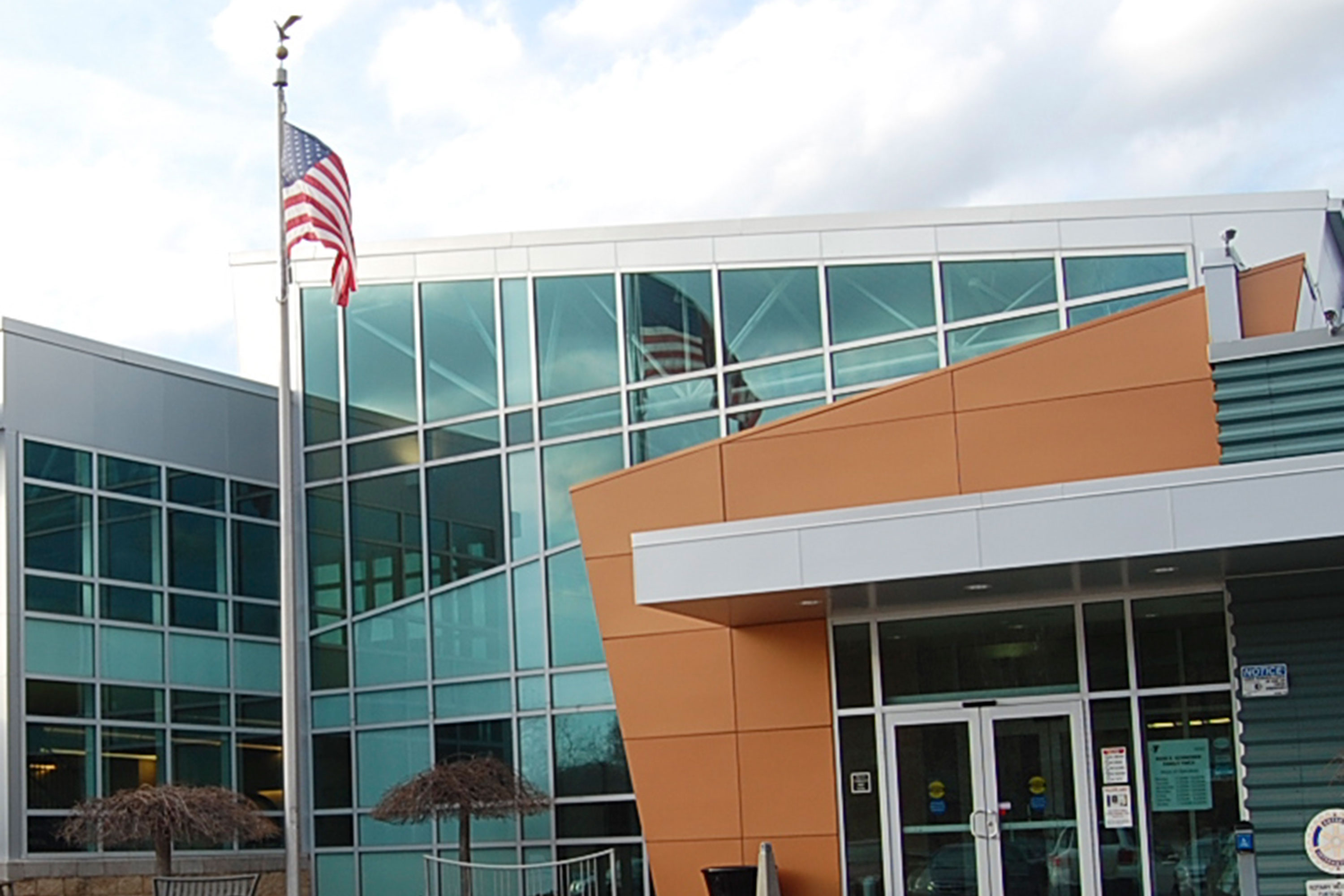Bill Mayer
In Memoriam
Email: bmayer@kss-eng.com
For anyone in this city who has spent some time in the architectural, structural engineering or construction industries, you would have likely at one point crossed paths with Bill Mayer. Sadly, Bill unexpectedly passed away on March 25, 2021. Some of you reading this have been lucky enough to work with Bill. Maybe some have heard his name mentioned. Could have been in praise or sometimes in vain 😊. When it came to putting a set of drawings together, Bill had an unmeasurable amount of knowledge. Perhaps this came from his vast work experience and his hardnosed, steadfast, and dedicated personality.
Through 50 years of service, Bill was never unemployed and made a life-time commitment at a respected list of employers. Most likely, Bill didn’t know when he entered structural drafting school right out of high school the number of engineers he would challenge and influence over his lifetime. After graduation, he went to work for a well-known structural engineer in Pittsburgh named Lee Cook. Shortly thereafter, he was drafted by the U.S. Army and served his country in Vietnam. He used his drafting and design talents in the 41st Engineering Company Port Construction branch of the Army. After discharge, Bill returned to work for Lee Cook followed by Dotter Engineering, RM Gensert, Wilhelm and Kruse Fabricators, Astorino Architects and finally landing at The Kachele Group/Keystone Structural Solutions. If you ask someone what an engineer is, most would probably tell you they are problem solvers. Or even in some cases, problem preventers. Maybe they would tell you an engineer is someone who is very analytical and detail oriented. This was certainly Bill’s mindset. Although Bill wasn’t an engineer by trade and education he certainly could have been or in our eyes was one. Most projects began in our office by giving Bill a set of the architectural drawings and having a brief conversation with the engineer on the project. From there, Bill would do his “thing”. Bill would study the drawings and compile a list of questions. Actually, the list of questions wasn’t always necessarily a list of questions but sometimes a list of things that weren’t addressed or properly conveyed. When it came to preparing construction drawings, he absolutely had to make sure all dimensions added up, all edge of slabs were indicated and dimensioned, all details were drawn and basically no stone left unturned. Bill would then methodically layout and detail the building. We used to say, “Bill we are not making an instruction manual”. Bill would relentlessly grill architects and engineers on their drawings to the point where often you were angry with him. One client commented, “I didn’t really work the project unless Bill and I were mad at each other at the end”. Although this might have been true, most often the next line from someone was “I’m sure glad Bill pointed out this issue. He really saved me”. Those who worked closely with him realized what a true value he was to a project. Bill was a problem preventer for sure. We understand during his days working for a steel fabricator he was known as the “iron fixer”. Bill was also the CA guy in the office. Most engineers do not look forward to checking shop drawings, but Bill loved it. If he wasn’t checking shop drawings on the conference-room table it was his dining room table at home. Nobody is perfect but Bill’s reviews were pretty darn close. Bill was great at his job, but he was also a good coworker. Someone you could share a personal story with, someone who could offer advice, someone to confide in or someone that could make you laugh. Bill wore his heart on his sleeve. Bill’s workday usually began at 6 am, or sometimes even earlier. What this meant to his coworkers was that he already have an hour or two head start on you to compile his list of items for you to deal with. He was a dedicated employee. He cared about what he was doing and certainly wanted to make sure our end product was safe and buildable. We all heard him often say “I couldn’t sleep last night. I was thinking about this job all night. Did you do this or that” and he always ended his sentences with his trademark “You know what I mean”. Another quality that’s desirable in a coworker is to be able to learn from him or her to better yourself professional and personally. When you worked with Bill you also were educated by Bill. He was a teacher. You learned something new, something clever – often a creative way for something to be constructed. Bill was the man behind the curtains. Most often the architect or engineer gets the credit for their design but on projects that Bill had has hands in, he deserved the credit. Bill will be missed.



